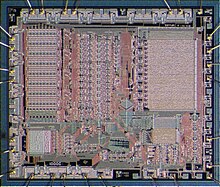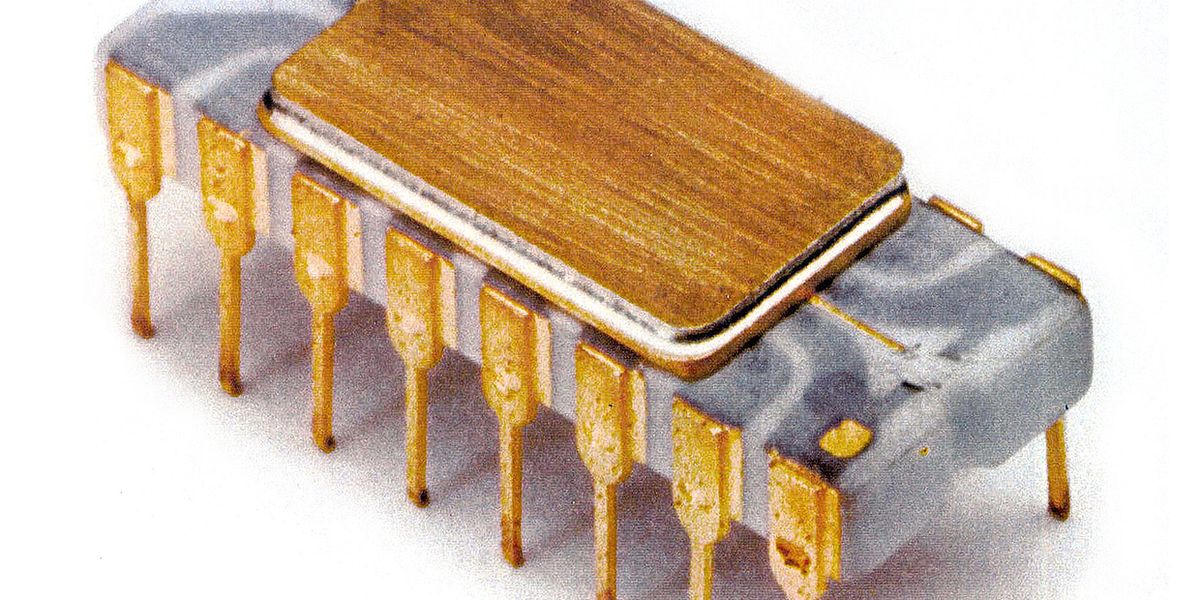eagle1109
Full Member level 6
- Joined
- Nov 20, 2014
- Messages
- 390
- Helped
- 4
- Reputation
- 10
- Reaction score
- 7
- Trophy points
- 1,298
- Location
- Saudi Arabia
- Activity points
- 5,924
Hi,
I'm writing a course manual about microcontrollers, and I just need to put a part talking about what was before microcontrollers, to enhance my point of how microcontrollers evolution played a huge role in modern control systems and embedded systems.
I think I read somewhere long time ago that control systems were done with logic gates, combination and sequential integrated circuits. Which means control with non-programmed electronic circuits.
Can anyone provide me with some sources about this particular subject ?
I'm writing a course manual about microcontrollers, and I just need to put a part talking about what was before microcontrollers, to enhance my point of how microcontrollers evolution played a huge role in modern control systems and embedded systems.
I think I read somewhere long time ago that control systems were done with logic gates, combination and sequential integrated circuits. Which means control with non-programmed electronic circuits.
Can anyone provide me with some sources about this particular subject ?



